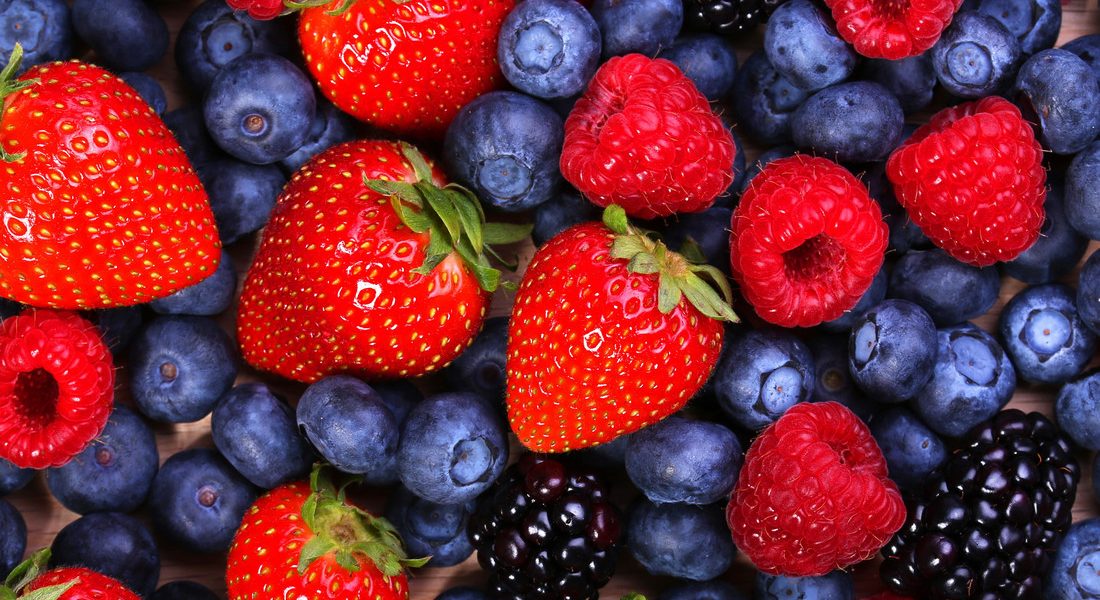Our toxic load has increased dramatically in the past four decades and each generation is born more polluted. Thats an unfortunate fact according to ongoing biomonitoring studies around the world. In 2016 I published a paper in a journal examining the impact of toxicants on human health. It soon became obvious to me that PESTICIDES was the toxicant associated with a great many chronic diseases in children, adults and the elderly.
Pesticides are chemicals used to control pests, such as insects, weeds, fungi, and rodents. They are used in agriculture, forestry, and lawn care, as well as in and around homes and buildings. Pesticides can have a range of health effects, depending on the type of pesticide and the level of exposure. Acute exposure may result in headaches, nausea, dizziness, and skin and eye irritation. Long-term exposure to certain pesticides may increase the risk of certain types of cancer, neurological disorders, developmental delays and birth defects, respiratory and immune system problems, and endocrine disruptions. Children and pregnant women are particularly vulnerable to the effects of pesticides due to their developing bodies and smaller size.
Exposure to pesticides can occur through various routes such as inhalation, ingestion, and dermal contact. The most common sources of exposure are through diet (consuming foods that have been treated with pesticides), and through contact with pesticides used in and around the home. Indirect exposure can also occur through living in close proximity to agricultural areas or places where pesticides are frequently used.
It’s important to minimize exposure to pesticides as much as possible, by using safe pest control methods, choosing organic produce and products whenever possible, and being mindful of the products you use in your home. If you are concerned about your exposure to pesticides, seeking advice from a naturopath or integrated clinician is a good idea, and getting tested for pesticides can be helpful as well.
Tips to reduce your exposure to toxic pesticides:
- The greatest source of pesticides come from your food and the Environmental Working Group (2022), has provided a list of foods with the highest levels (Dirty Dozen) and lowest levels (Clean Fifteen). Buy organic fruit and vegies wherever possible. If this is not affordable, buy organic food for those in the dirty dozen list. See below
- Use non-chemical pesticides to deal with pests in and around the home. A useful resource is Northwest Centre for Alternatives to Pesticides
- If you live in close proximity to a golf course, farm that adopts crop dusting, council property (park, school…), close windows and doors and install an air purifier fitted with a HEPA filter and carbon filter in rooms of the home where you spend time.
- Avoid personal care products that contain preservatives
| Dirty Dozen Highest pesticide load |
Clean Fifteen Lowest pesticide load |
| Strawberries | Avocados |
| Spinach | Sweet corn |
| Kate, collard and mustard greens | Pineapple |
| Nectarines | Onions |
| Apples | Papaya |
| Capsicum | Peas |
| Cherries | Asparagus |
| Peaches | Honeydew melon |
| Pears | Kiwi |
| Celery | Cabbage |
| Tomatoes | Mushrooms |
| Cantelope | |
| Mangoes | |
| Watermelon | |
| Sweet potato |


